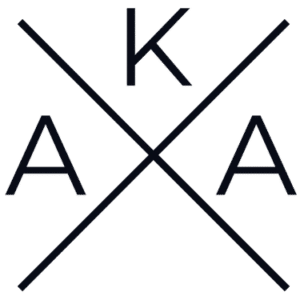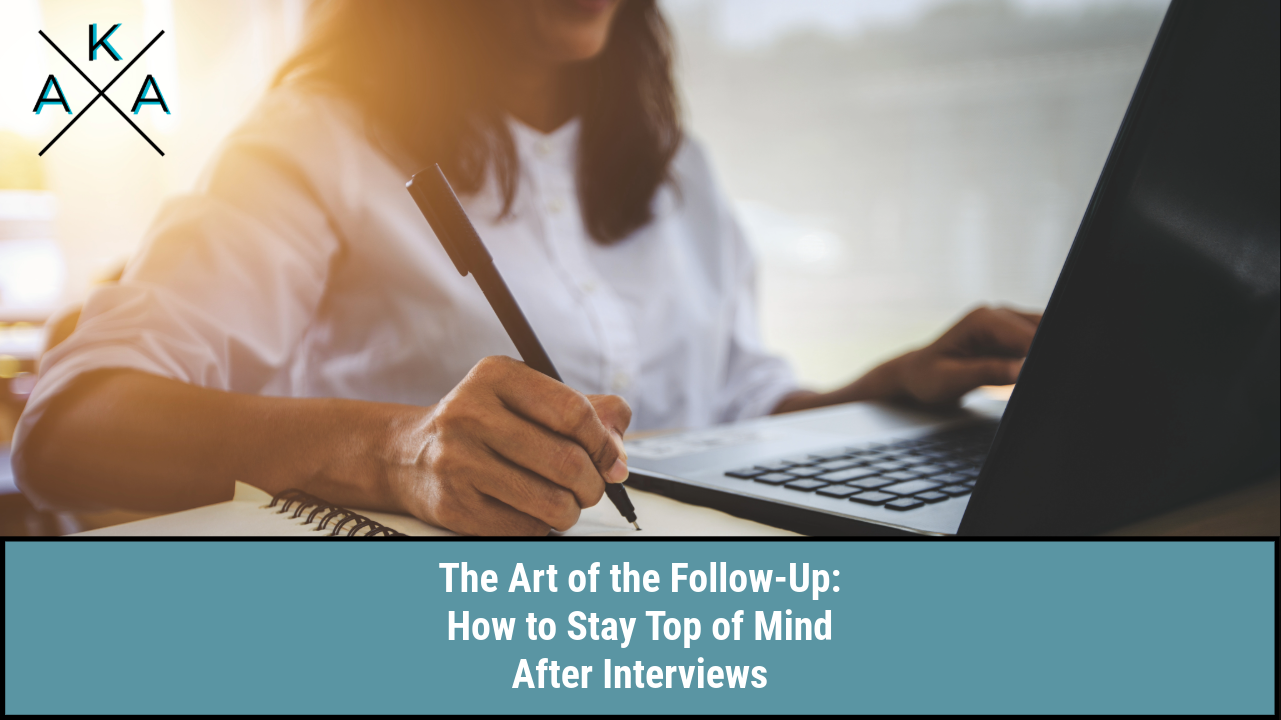You’d be surprised how many great candidates disappear after an interview — not because they bombed it, but because they went silent when it mattered most.
I’ve seen it from both sides. I’ve had candidates crush an interview, impress everyone, and then… vanish. No follow-up, no thank-you note, no quick check-in. And on the flip side, I’ve seen hiring managers forget to follow up with their favorite candidates, assuming interest was “implied.” Spoiler: it rarely is.
The truth is, follow-up isn’t about pestering. It’s about presence.
Why the Follow-Up Matters More Than You Think
I’ll be honest — I used to think follow-ups were old-fashioned. I thought a strong interview spoke for itself. But then I started noticing who actually got the offers.
It wasn’t always the most qualified candidate. It was the one who stayed visible.
A short, thoughtful message after an interview says more than a perfect resume ever could. It shows you care. It shows you’re paying attention. And for hiring managers reading through ten open tabs and twenty resumes a day — trust me, that matters.
A simple “Thank you for the opportunity — I enjoyed learning more about your team” does more than people realize. You’re planting a seed in their mind that says, This person follows through.
And in business, follow-through is currency.
What a Great Follow-Up Actually Looks Like
You don’t need to overthink it. You just need to sound human.
I once had a candidate send a follow-up that read like it was written by ChatGPT circa 2022 — three paragraphs of stiff gratitude and generic buzzwords. Nice person, but the message got lost in the noise.
Then I had another who kept it simple:
“Thanks again for taking the time today — I really appreciated how open you were about the challenges the team’s working through. I’d be excited to help with that.”
That’s it. No fluff. Just real appreciation and a reminder of their value.
Here’s the thing: follow-ups aren’t about saying the right thing. They’re about saying something genuine.
A few quick tips:
- Keep it short. Three or four lines max.
- Be specific. Mention something from the conversation that stood out.
- End with intent. Let them know you’re still interested.
It’s not a pitch — it’s a connection.
Timing Is Everything
The best follow-ups land within 24 hours. Wait too long, and you lose momentum. Send it too soon, and it feels rushed.
Funny enough, I had one candidate email a thank-you while still in the parking lot. The hiring manager laughed — but also remembered her name immediately.
And if you’re in later interview rounds, don’t stop after the first one. Check in every week or so if you haven’t heard back. Not in a “Hey, did you forget me?” way — just something simple like:
“I wanted to check in and see if there’s been any movement on the role. I’m still very interested and would love to stay in touch.”
That level of persistence — polite, professional, human — sets you apart.
And by the way, this applies to hiring teams too.
A candidate you don’t follow up with might be your next great hire for another role. Leaving them hanging doesn’t just close one door — it quietly closes several.
Following Up Without Feeling Pushy
I get it — no one wants to come off desperate. But here’s the truth: confidence and curiosity never look desperate.
You’re not begging for attention. You’re building a relationship.
The line between persistence and pestering is all about tone. If you’re approaching it like, “Hey, I’d love to stay on your radar,” that reads as professional initiative. But if you’re sending daily messages like, “Just checking if you’ve made a decision yet,” that’s when it crosses over.
A good rhythm? Follow up after the interview, then a gentle check-in after a week if there’s no reply. After that, move on — but keep the door open for the future.
I’ve seen candidates re-engage months later because they left things on a positive note. That’s how you build career longevity — not just get jobs.
The Follow-Up Isn’t Just About This Job
Here’s the bigger truth: good follow-ups build networks, not just offers.
Even if you don’t get the role, staying in touch can pay off down the line. I’ve had candidates who didn’t land one job but ended up getting hired six months later because they kept the connection alive.
I remember one guy who sent a follow-up after not getting the job that simply said, “Thanks again for the opportunity — I really appreciated the chance to meet the team. Hope we can cross paths again.”
Six months later, guess what? The same hiring manager reached out for a better role.
That’s the thing most people forget: every follow-up plants a seed for tomorrow.
Final Thought
If there’s one thing I’ve learned after years in recruiting, it’s that the people who stay visible tend to win.
Not because they’re louder or pushier — but because they show up.
So send that message. Make that quick call. Follow up even when it feels awkward.
Because the truth is, the people who care enough to follow through are usually the ones who stand out — and get remembered.


